With its Chinese roots, Tusk Robotics is revolutionizing autonomous pallet handling, making material handling processes simpler and more efficient. Tusk has introduced unique and innovative intelligent robots that seamlessly adapt to international standard pallets for transportation and sorting. The company’s experts have extensive experience in robotic development and operations. The innovative products introduced by Tusk are protected by hundreds of patents and software rights.
In logistics, pallet movement is one of the most common daily tasks. Tusk Robotics’ pallet-handling robots offer unique advantages in this field. As market demand for customization and material handling efficiency grows, digitally transforming factory logistics processes is the key solution—making pallet robots the best choice. The logistics industry is undergoing an intensive digital transformation, where intelligent pallet-handling robots are creating remarkable value.
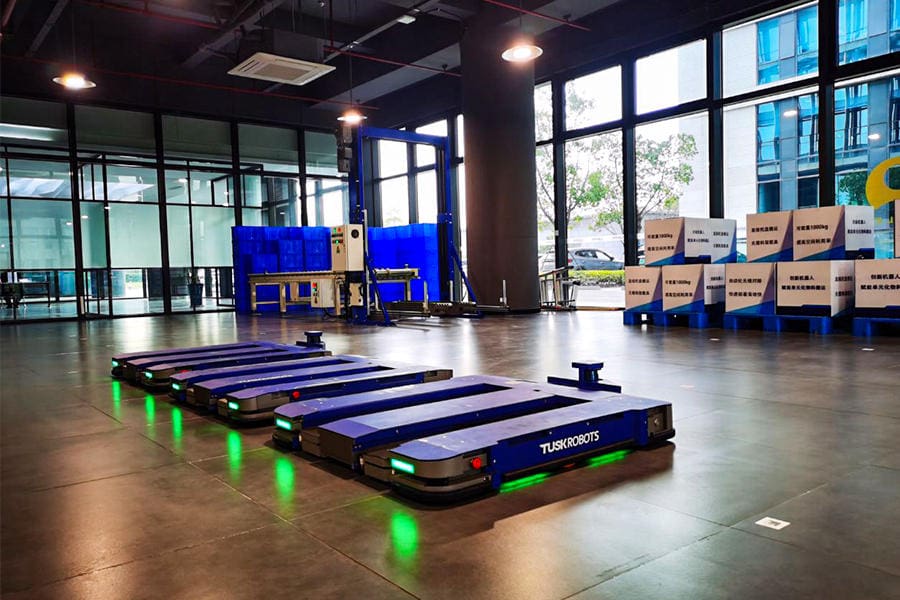
In the logistics industry, pallet-handling robots are automated systems used for moving, loading, and transporting goods in warehouses or factories. These robots can handle pallets of various sizes and weights, moving multiple pallets simultaneously. Equipped with sensors and cameras, they navigate safely and efficiently, saving time and costs while enhancing logistics process efficiency.

Pallet-handling robots are designed for the fast and efficient movement of heavy loads, increasing operational speed and reducing the time needed to transfer goods from warehouses to trucks.

Equipped with sensors and cameras, Tusk robots move and position pallets with accuracy, minimizing product damage risks and ensuring precise order fulfillment.

Their custom programmability makes them suitable for a wide range of tasks, ideal for the rapidly evolving logistics industry. They easily adapt to new product lines, fluctuating demand, and operational changes.

Sensors collect real-time operational data, which can be used for performance monitoring, identifying areas for improvement, and data-driven decision-making.
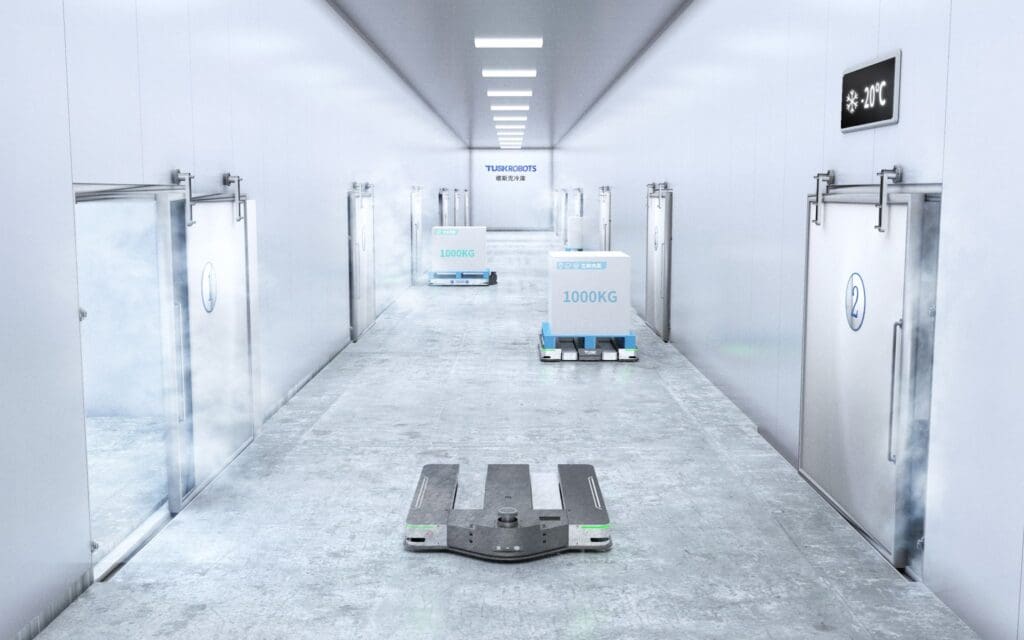
While the initial investment in industrial pallet-handling robots may be high, they provide significant cost savings in the long run by reducing labor costs and improving production efficiency. Additionally, many robots feature a modular design, meaning they can be easily reconfigured or adapted to new tasks as production needs change, minimizing the need for additional investments.
Workforce shortages pose a major challenge for many warehouses, especially in regions where skilled workers are in high demand. Robots offer an efficient and reliable alternative, working alongside or in place of human labor. They help overcome workforce shortages by speeding up and enhancing process accuracy, minimizing human error, and ensuring continuous operations without reliance on human availability.
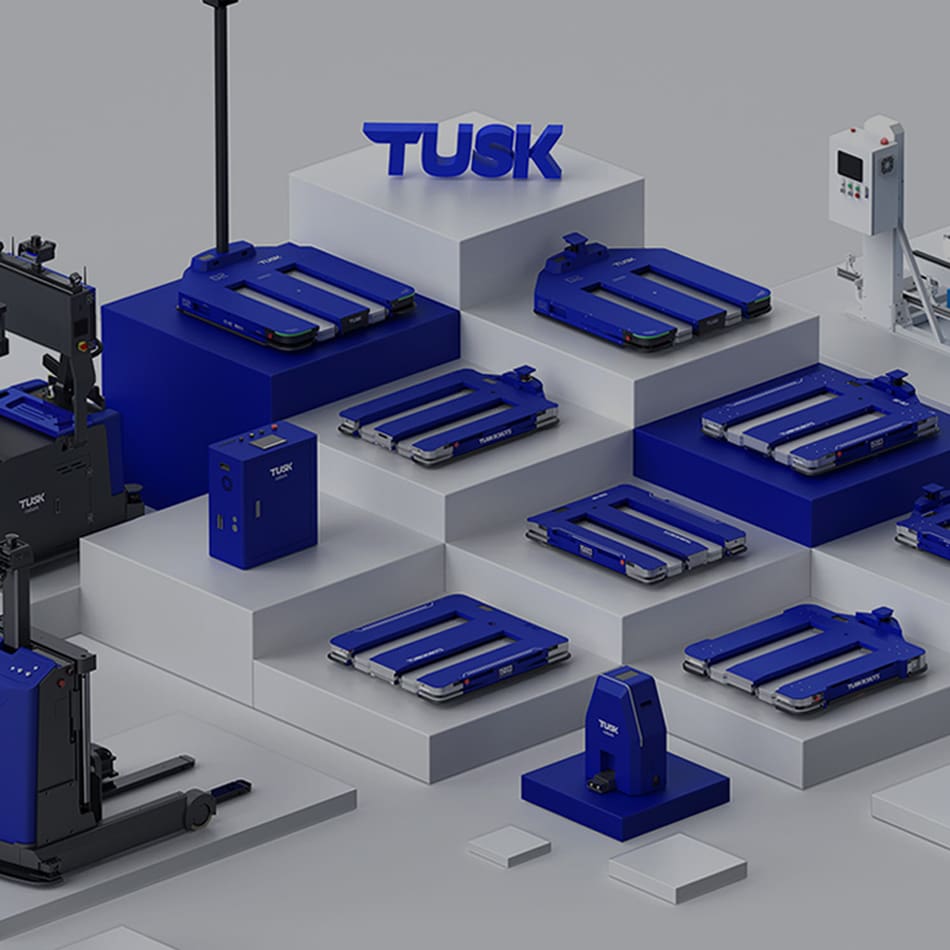
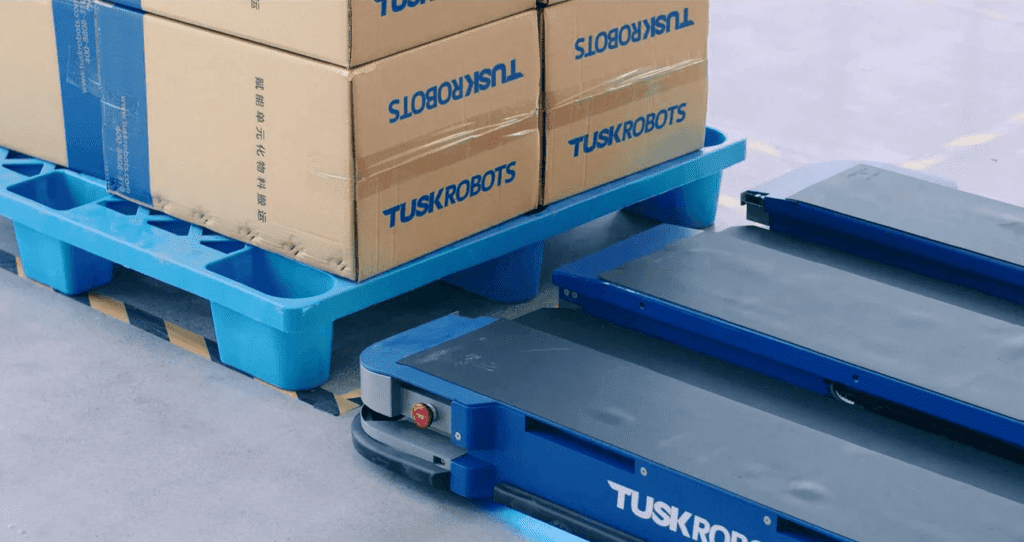
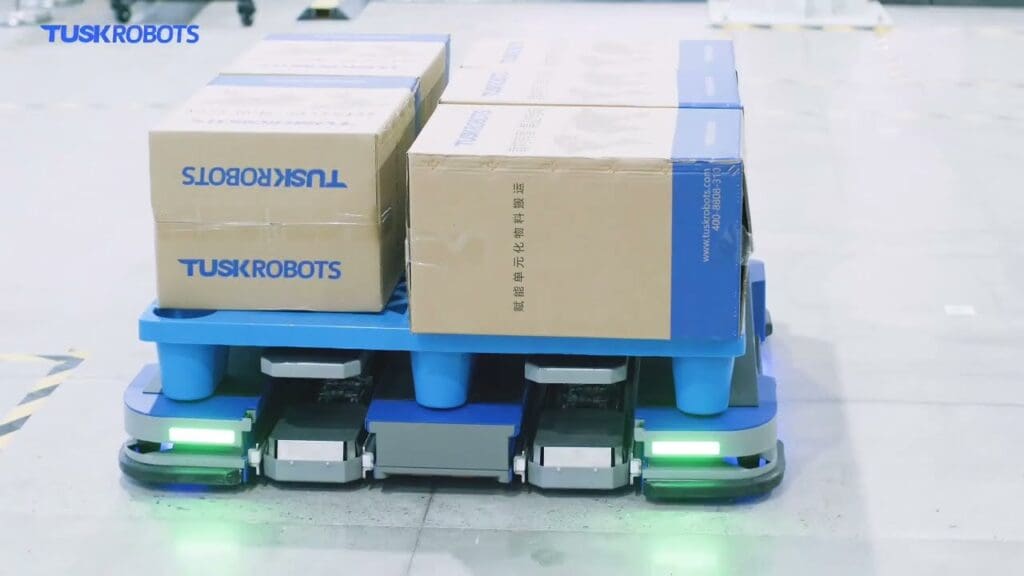
Pallet-handling robots significantly enhance safety in logistics operations. By reducing manual heavy lifting, they lower the risk of musculoskeletal injuries among human workers. Their ergonomic design and easy-to-use functions help minimize injuries caused by repetitive movements.
With their advanced sensors and safety systems, they can detect obstacles and prevent accidents. Their precise operation reduces risks related to damaged goods and equipment. Thanks to their continuous and accurate performance, human-caused accidents are eliminated.
Real-time monitoring enables quick problem resolution. As robotic technology continues to evolve, further improvements in safety and efficiency are expected in the logistics industry.
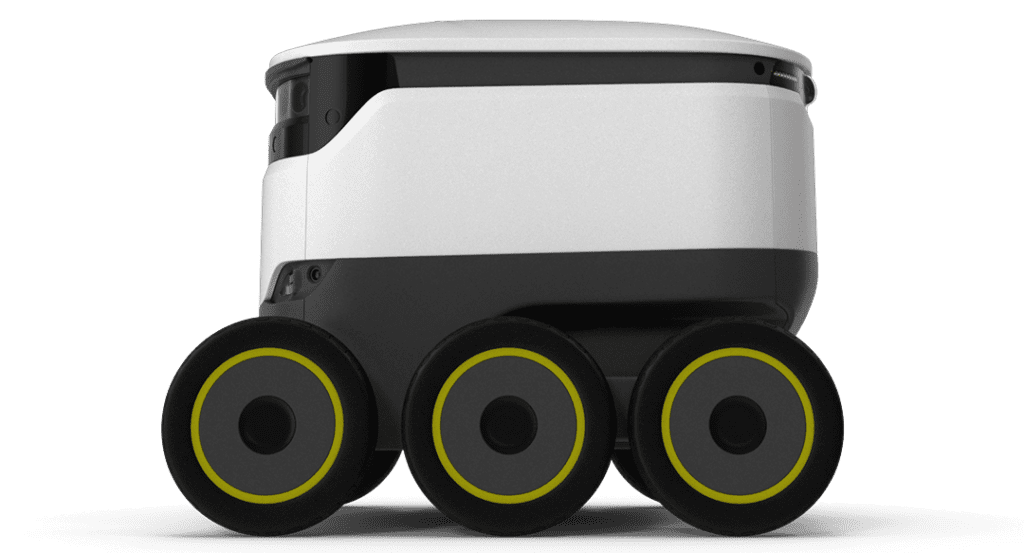
Request our telephone consultation in a few clicks by filling out our form. Our expert will contact you as soon as possible, but within 2 working days at the latest, using one of the contact details provided.

Using state-of-the-art robotics and artificial intelligence technologies to solve warehouse and factory logistics operations.
